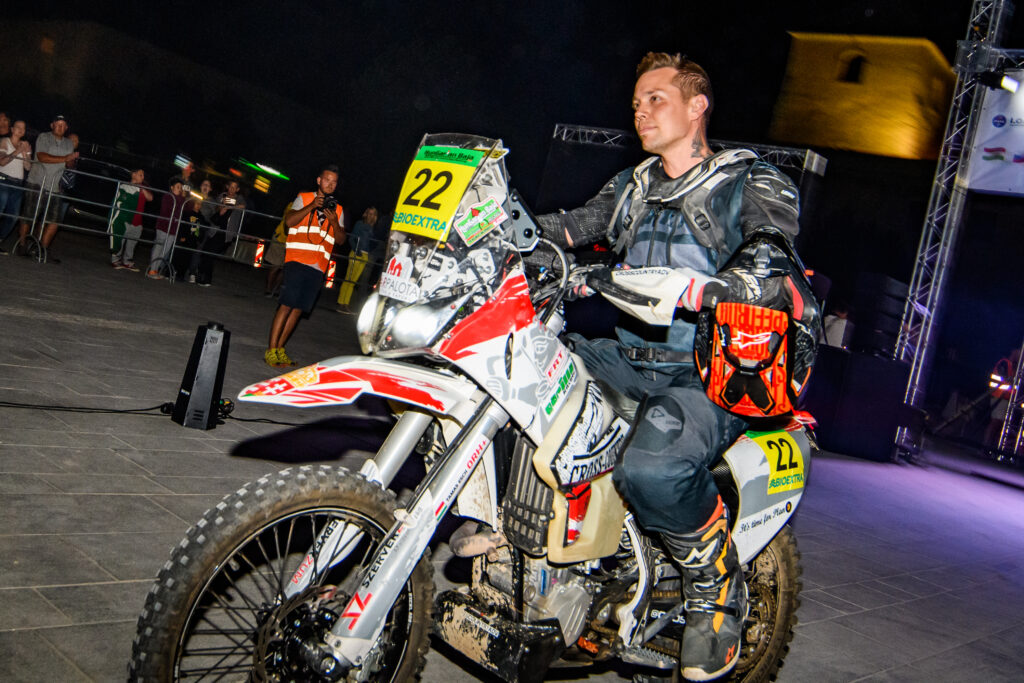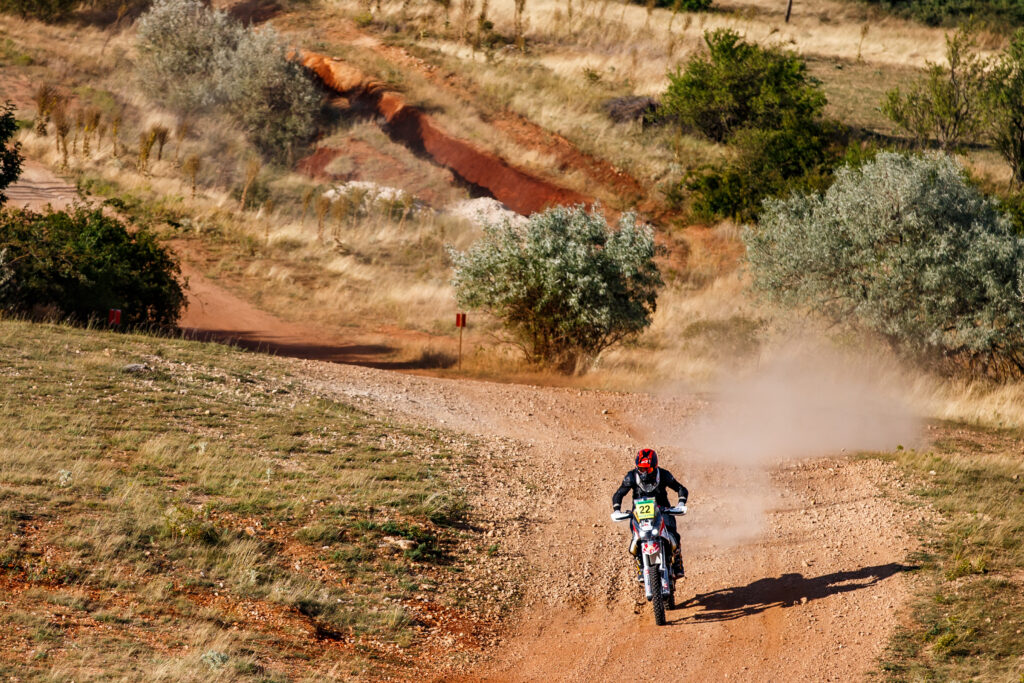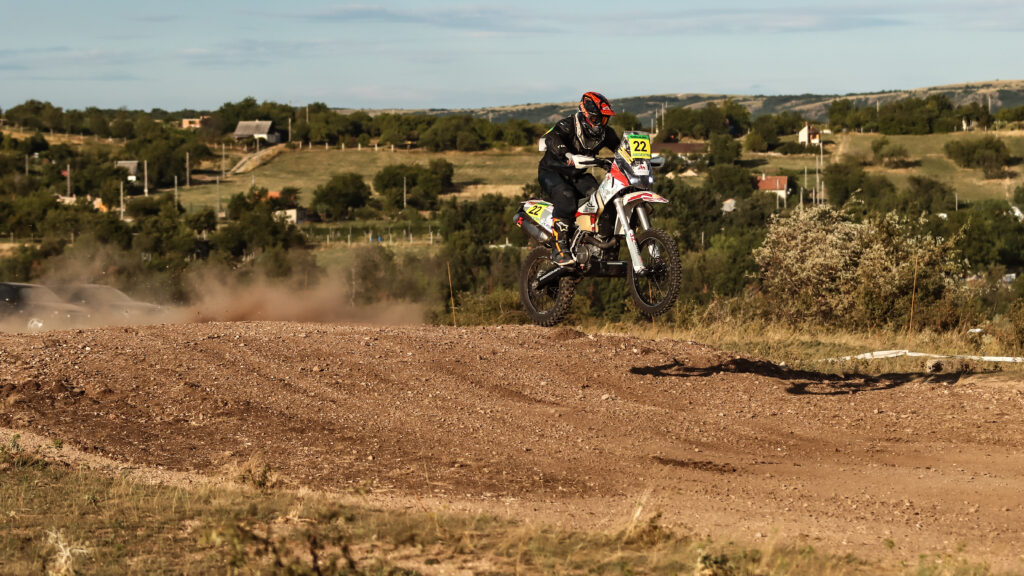Uncategorized
Hungarian Baja: Survival Guide
Hungarian Baja, one of Europe’s best Baja events, had a star entry list this year: names like Joaquim Rodrigues, Stefan Svitko, and Sebastian Buhler made the top three in the podium results. Buhler won the Hungarian Baja with Svitko second and Rodrigues, third, making it the perfect Dakar practice for the pros, especially in terms of testing the bikes.
Despite the pros racing Baja, the event is equally open to amateurs and riders trying their hand at racing for the first time. Hungarian Baja is designed to throw a decent challenge, but accommodate less experienced riders at the same time. So what’s it like to race Baja if you aren’t a Dakar superstar? We caught up with Tamas Esch, the axis of awesome here at Cross Country ADV, to find out.

Tamas, what’s the difference between Rally and Baja style racing?
Baja-style races are always shorter (typically, two to three days) and much faster compared to most of the rallies. The tracks are almost closed, and everything is marked with stripes and signs, so a lot of riders choose to ride without the roadbook or use it only when they are not sure about where the track goes. For me, it’s not an option: I don’t fight for points in the championship, so I use these events to improve my roadbook navigation skills while riding much faster compared to a normal rally where the stages are much longer.

The terrain at the Hungarian Baja is mostly stony, rocky trails with loose gravel and dust, and the navigation is not tricky thanks to the marked course. So you can really test out your speed without concentrating on navigation too much.
How long are the stages at the Hungarian Baja?
At the Baja-style races, you can expect 50-80-130km stages which you have to ride multiple times (or in the opposite direction), but sometimes, you may have a stage that’s as long as 200-220km long stages. Usually, on the first day after you finish all the administrative and technical checks (scrutineering), there is always a super-special stage, or a so-called prologue, which is a short stage. Its purpose is to set the starting order for the next day: this is done so you will be surrounded by similar level riders the next day, and this is good for competitors’ safety because it’s very difficult and dangerous to overtake somebody in the long stages.

What’s the best thing about the Hungarian Baja?
I think the best thing is the speeds you can ride on some parts of the track – it can be a unique and releasing feeling.
What’s the most difficult part about Baja?
Overtaking somebody can be very difficult, even if the other rider is much slower. I had trouble when a quad overtook me and I literally couldn’t see the track for minutes.

What kind of riders should do Baja? Is it amateur-friendly?
Absolutely. Amateurs can compete in the Baja-style events as well as the pros, and it’s a fantastic training opportunity for your next rally.
What bikes are the most common at the Baja races?
Most common bikes are the 450cc ones. Those, for sure, are your best mates for racing, whether you’re doing a Baja or a rally. At the Hungarian Baja, I noticed a few bigger, single-cylinder bikes, and I was stoked to see Paolo Caprioni on his T7 built for competing in the Africa Eco Race.
Ready to work on your speed and endurance? Register for the Hungarian Baja 2022 – it may change the way you ride.

